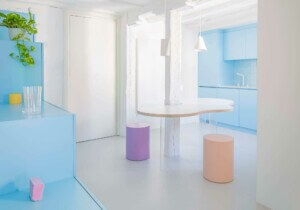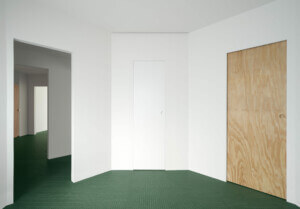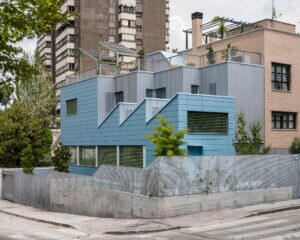Andrés Jaque / Office for Political Innovation have released their design for the Reggio School, a pilot project of the Reggio Center for Pedagogical Research and Innovation (CIIP Reggio) in Madrid.
The school’s architectural environments are designed to foster the students’ dire for exploration and inquiry. It is based on the experimental teaching methods of Loris Malaguzzi and parents in the Italian city of Reggio nell’Emilia, including self-directed education that gives students the opportunity to collectively experiment. The school building itself is meant to avoid standardization, instead offering students a layered, variable environment that challenges them to make decisions and react to changing conditions.
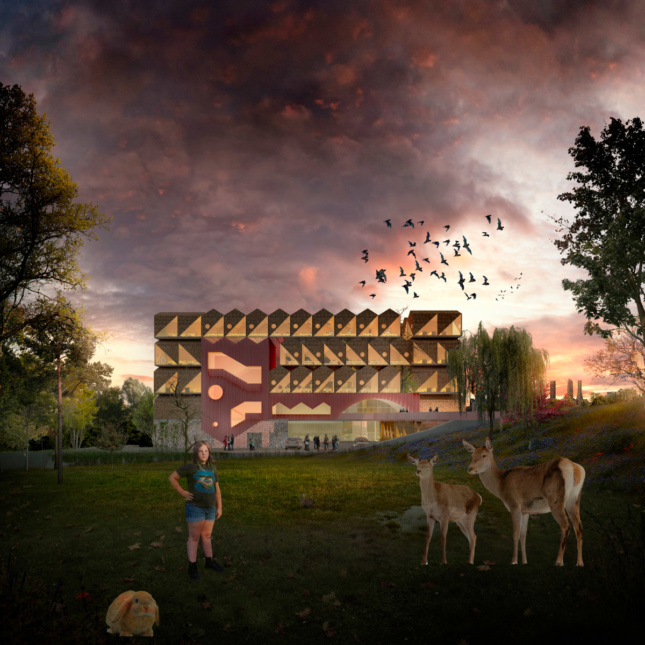
The mixture of climates, situations, and regulations is expressed in the architecture so that students can be aware of the pedagogical model they are participating in. Younger students are located on the ground floor, while intermediate students comingle with water and soil tanks for an indoor forest. A greenhouse hovers above the trees that are surrounded by a ring of classrooms around the third floor.“This distribution of uses implies an ongoing maturity process,” said architects said in a statement, “that is translated into the growing capacity of students to explore the school ecosystem on their own.”
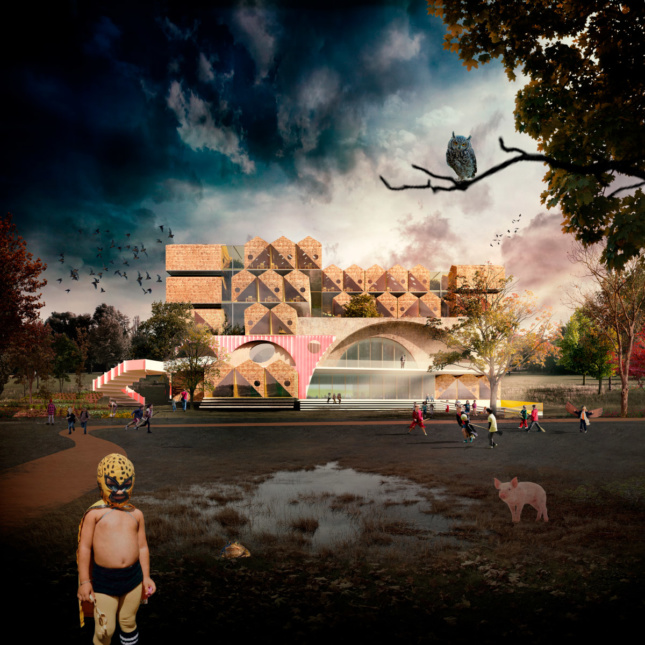
A 5,000-square-foot, 26-feet high gathering space will sit on the second floor, at the base of the “forest” in the empty space around the “roots” of an inner forest. It is a “cosmopolitical agora where vegetation, water, and soil frame a changing program of a gymnasium, art classroom, conference and events hall, and gathering space for school assemblies,” according to the designers. Processes such as the services, waste management, and storage are all expressed through the architecture, creating a didactic interface for the students and provokes discussion between students, teachers, and the building.
Construction is expected to complete in fall 2020.








